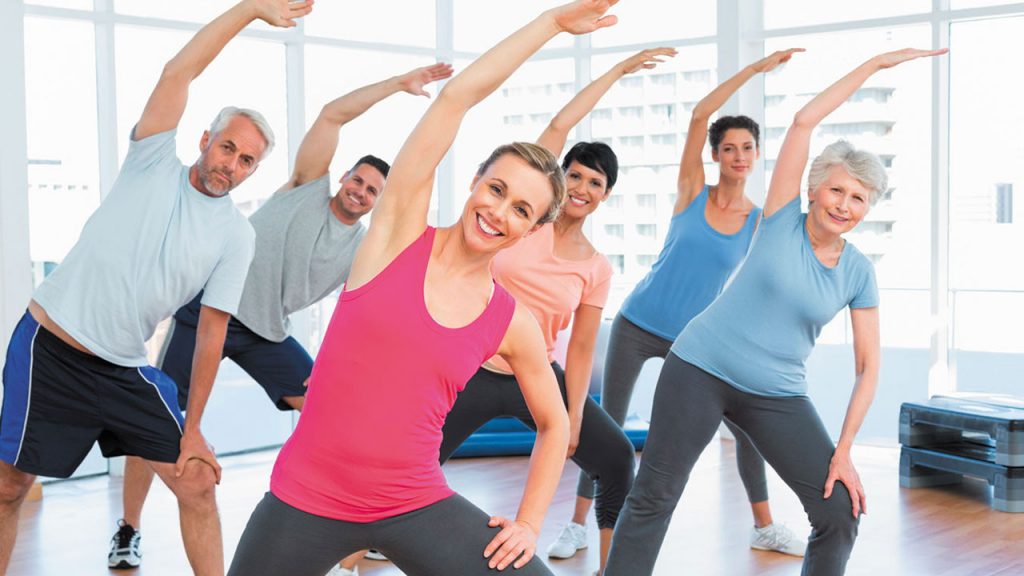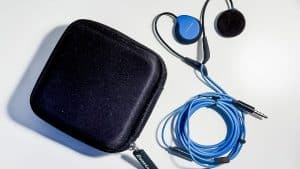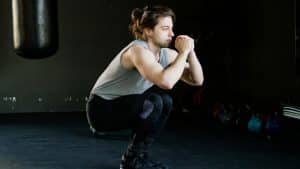One of the great frustrations of age is how it damages mobility. You get slower and stiffer until activities that you used to enjoy easily become dreaded challenges to avoid. Luckily, if you start taking care of your mobility while you are still young, getting older will hopefully be less of a burden.
Think about taking a single step. Your knee, ankle, and hip are all in motion. If your arm is swinging, your elbow, wrist and shoulder may be involved as well. The thing these body parts have in common is that they’re all joints that hold your skeleton together. When we talk about mobility, we mean how well you move, and the bulk of that movement comes from the joints, with muscles and ligaments also making a contribution.
Someone who has good mobility may be described as flexible. Sometimes that’s just because they naturally have a greater range of motion than other people. In other cases, it’s because they’ve worked hard at the exercises that improve mobility, such as stretching. Yoga and Pilates are two forms of exercises that pay particular attention to flexibility and stretching.
Stretching may not have the glamour of lifting the heaviest weights or running the fastest mile, but it makes your body perform better in all contexts. It’s an important part of both warming up (though it shouldn’t be the first part of your routine) and cooling down, because it means you’re less likely to injure yourself and other exercises will be more effective.
Now, you do need to be careful when stretching. Pushing too hard, especially on cold muscles, can cause damage. This is especially true if you have pre-existing injuries or conditions like arthritis that are also associated with mobility problems. In these cases, it is best to talk to your doctor or physical therapist before embarking on any exercise plan, and make sure that any fitness instructor is aware of your condition and is willing to adapt their usual program to suit your needs.
At its most basic, however, stretching is something we do every day. It’s probably the first thing you do when you get out of bed, and then again every time you stand up in the office after a long period bent over the computer. You lengthen your muscles as far as they’ll go and hold them for a moment, feeling that pressure.
You can do similar static stretches as part of your fitness routine, or try more dynamic exercises that involve stretching, such as lunging. If your mobility is poor to start with and you need a little help, blocks, straps and other equipment can be used to make it a little bit easier. With practice, you may find yourself able to go further than you ever thought possible.
Whatever kind of stretching you do and however you incorporate it into a wider exercise routine, it’s important if you want to maintain your mobility, let alone improve it. That’s how you make sure that age and injury don’t stop you from moving in the way you want for a long time to come.




